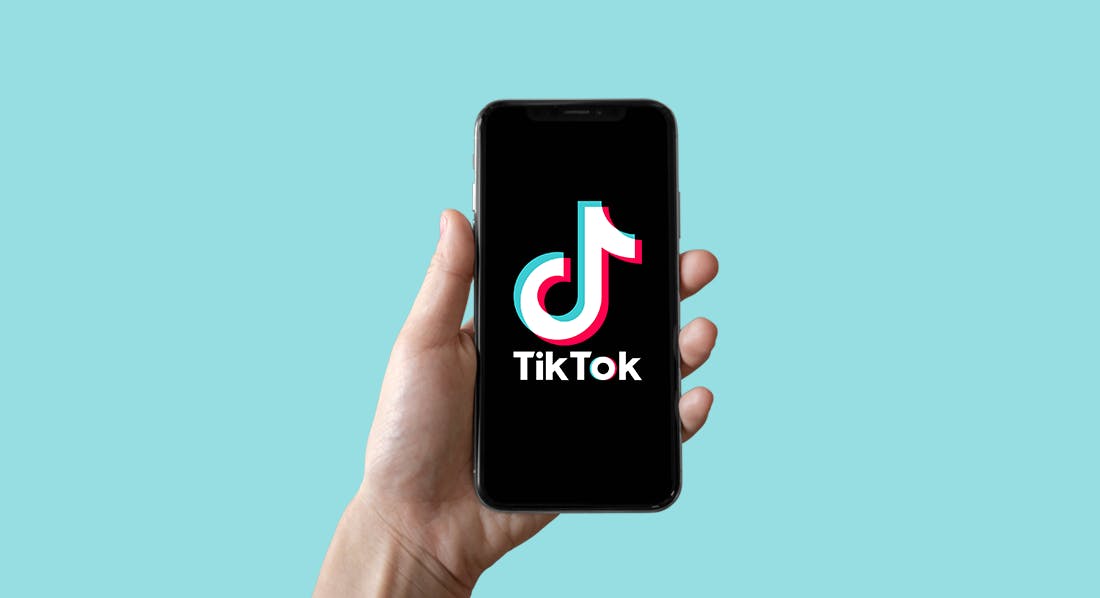It’s 2022, and TikTok is no longer just a platform for dancing videos. In 2020, TikTok experienced its massive boom when scrolling on the platform became a favorite pastime for many people during COVID-19 lockdowns. Now, users can find content about almost any topic and participate in an online community of like-minded individuals.
Clients often ask if they should be on TikTok. The simple answer is yes, eventually. In the near future, every organization and brand should consider being on TikTok, given its growing user base among Gen Z. However, it’s more a matter of “when” rather than “if.” So, how do you know when your organization is ready for TikTok? Here are a few things to consider:
What types of stories do you want to tell?
When thinking about the stories that fit well on TikTok, we can look at the company’s mission statement: to inspire creativity and bring joy. In the U.S., TikTok users report these top three reasons for using the app: 1) to be entertained; 2) to fill my free time; 3) to lift my spirits. For social change organizations, it may be challenging to fit the “joyful” mold of the platform, but you don’t need to forgo all seriousness. Content that focuses on your organization’s impact, highlighting solutions being developed in your field, and centering hope in your messaging can make for TikTok-ready stories.
Who do you want to reach?
Gen Z (those born between 1997 and 2012) were the earliest adopters of TikTok, but the platform now engages users of all ages. TikTok’s age demographic breakdown for adult users is as follows: 43.3% of users are 18 to 24; 32.2% are 25 to 34; 13.8% are 35 to 44; 6.9% are 45 to 54; and 4.3% are 55 and above. If your organization wants to reach new, younger audiences, TikTok is worth the investment.
How quickly you can get your content approved.
Trends come and go on TikTok faster than any other platform, which adds a unique challenge because trend participation is one of the easiest ways to get eyes on your content. The fast-paced nature of this platform requires a high level of trust in your social media community manager, who will pitch video ideas based on what they see trending. Many prime opportunities for content can be wasted through extensive review processes.
Your capacity: How frequently you can make content and how much you have to work with.
Consistency is key on all social platforms, but it’s especially important if you are growing an audience on TikTok. TikTok recommends posting 1-4 times per day, which should be the peak cadence that you work up to over time. Posting once per week is a great place to start. As you ease into the platform, think of ways to repurpose existing video content to start a drumbeat of posts. If you don’t have the capacity to consistently create videos, now may not be the right time to begin a TikTok channel.
Once you determine when to launch a TikTok, consider these tips to help make it a success:
- Trends move fast. Here are a few evergreen trends that have been around and will be around:
- “Stitch this and show me…” (example: Loungefly)
- Get ready with me (example: creator Honda Wang)
- A day in the life (example: Girls Who Code)
- Identify your niche to find your audience. Niche topics tend to draw dedicated followings on TikTok because once the algorithm has determined a user is interested in a topic or type of content, it will consistently show it on their For You Page (FYP). Use hashtags that are specific to your topic rather than generic ones to help your audience find you.
- Establish a community management practice to engage with like-minded channels and creators to build relationships and discover new audiences.
- Be authentic. Users report that they find TikTok content to be “unique, honest/real, and genuine.” Your audience will want to see the curtain pulled back a bit on this platform. Don’t be afraid to be unfiltered.
- Once your presence is established, consider an “always-on” campaign that could include a combination of organic content, paid boosts and creator partnerships. This will diversify your content, expand your audience and create an engagement funnel for new supporters of your organization.
Looking for inspiration? Here are a few organizations doing TikTok well:
- Girls Who Code
- United Way
- Malala Fund
- Black Voters Matter
- Planned Parenthood
- Democratic Governors Association
- Amnesty International
And finally, here are some resources that may be helpful:
- Later: How Does The TikTok Algorithm Work? (+10 Hacks to Go Viral)
- TikTok for Business: Always On: How to develop your brand’s TikTok strategy
- TikTok for Business: TikTok Insights
- The Drum: ‘Be more you’: how brands can connect authentically on TikTok
If you think you’re ready to launch a TikTok but don’t know where to start, drop us a line!

